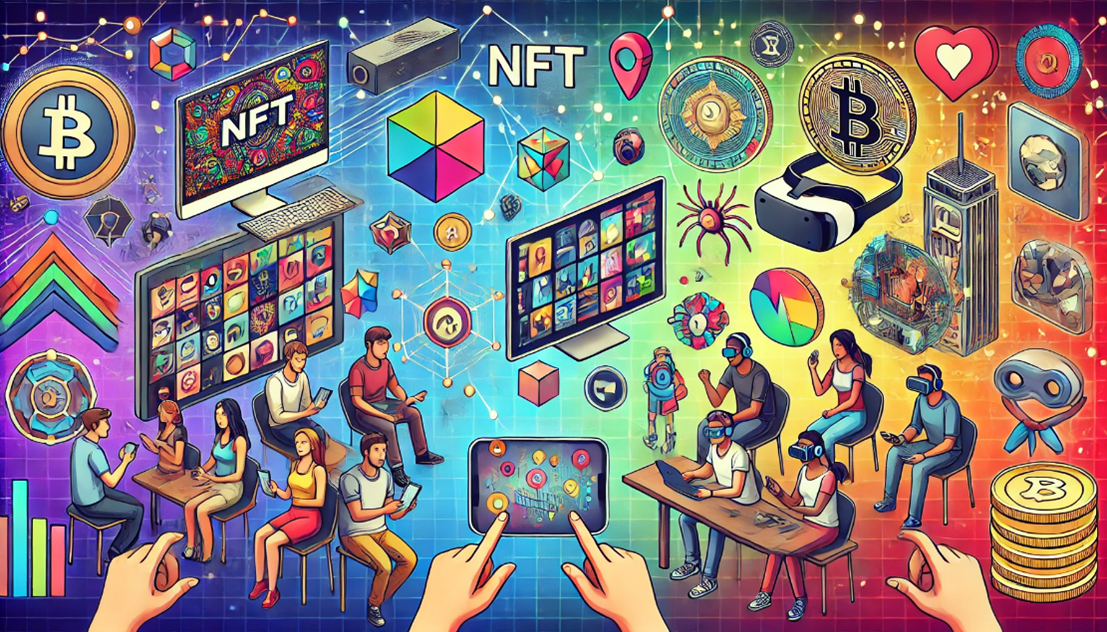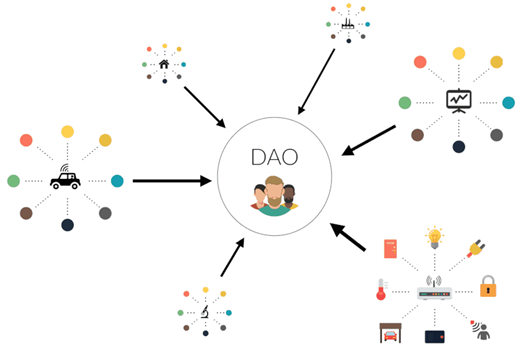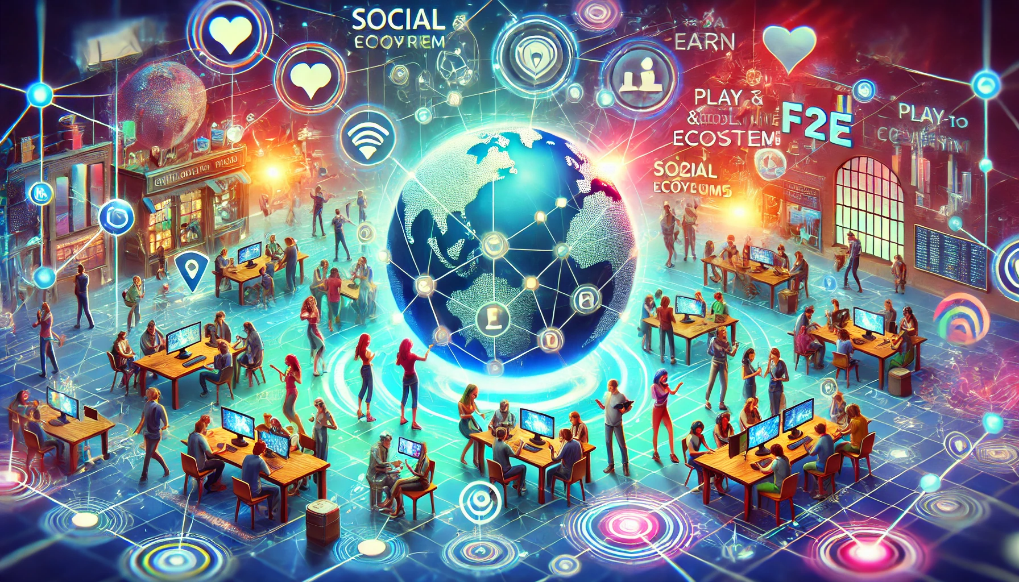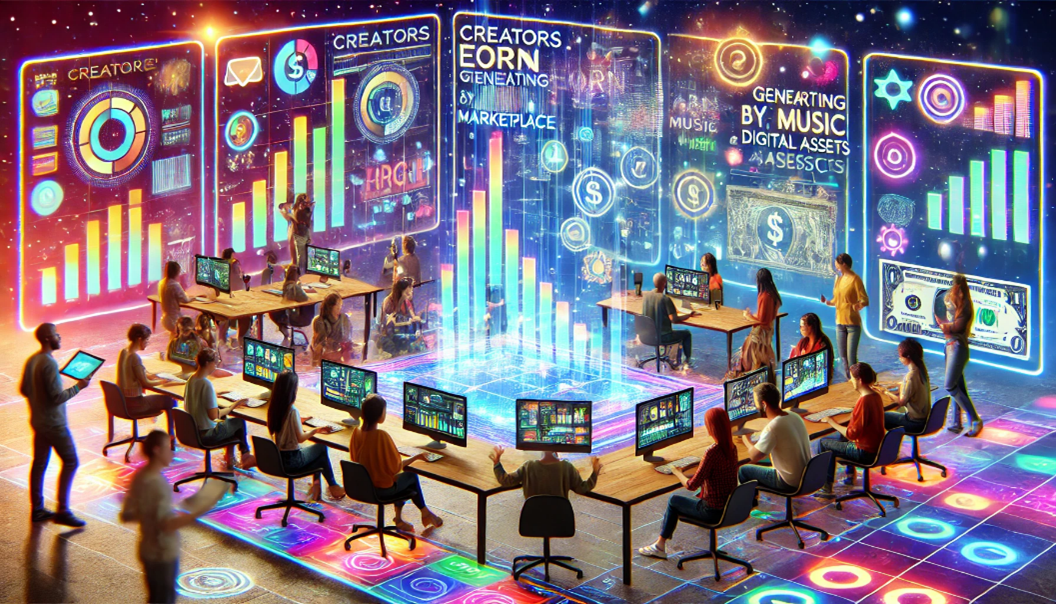The potential for cross-game interoperability

The potential for cross-game interoperability
by Nathaniel 02:47pm Jan 09, 2025
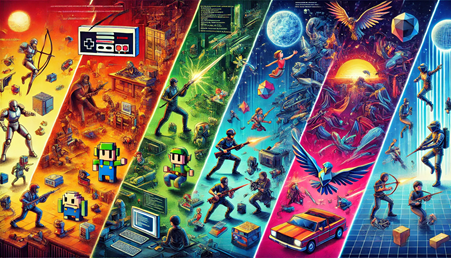
The potential for cross-game interoperability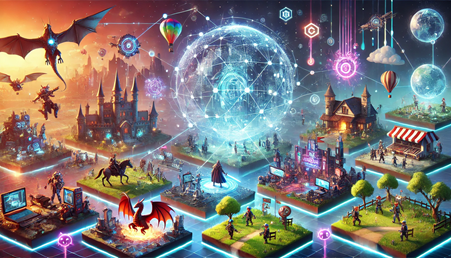
Cross-game interoperability refers to the ability for players to transfer or use in-game assets, characters, or currencies across multiple games or platforms. This concept has gained significant traction within the world of Play-to-Earn (P2E) games, as it unlocks new possibilities for gamers, developers, and the broader gaming ecosystem. With the integration of blockchain technology, NFTs (Non-Fungible Tokens), and smart contracts, cross-game interoperability has the potential to revolutionize how players interact with their digital assets and how games are designed.
Here’s a look at the potential for cross-game interoperability and how it can reshape the gaming landscape:
1. Unified Digital Economy
Shared Value Across Games: Cross-game interoperability allows in-game assets,such as NFTs, skins, characters, and currency, to have value beyond the confines of a single game. This means that assets earned or purchased in one P2E game can be transferred or used in another, effectively creating a shared digital economy across multiple games.
Expanding the Utility of In-Game Assets: For example, a rare sword obtained in a fantasy role-playing game (RPG) could be used in a different game say, a strategy or action game if the games are designed with interoperable systems. This provides players with more value for their investments, as they can continue using assets across different virtual worlds.
2. Player-Owned Ecosystem
True Ownership of Digital Assets: Thanks to blockchain technology and NFTs, players can have true ownership of in-game items. Cross-game interoperability further enhances this by allowing players to freely move or sell their owned assets across different platforms. Unlike traditional games, where assets are confined to the game’s ecosystem, P2E games with cross-game compatibility let players take their assets into multiple universes, giving them more control over how they use or profit from their items.
Creating a Personal Digital Portfolio: Players could build a personal portfolio of digital assets, including skins, characters, virtual real estate, and game tokens that can be utilized across various games. This creates a personalized digital identity that exists across a broad array of virtual worlds.
3. Evolving Game Design and Innovation
Interoperable Game Mechanics: Game developers can create innovative mechanics that allow assets to be used or enhanced when transferred between games. For example, a virtual pet or character could level up or evolve differently based on how it’s used across different game environments, creating an evolving narrative across multiple games. This would incentivize players to engage in a broader range of games to explore how their assets evolve and interact with various mechanics.
Collaborative Game Development: Multiple developers could work together to build interoperable assets or characters that can move across their games. This opens up the possibility for collaborative universes, where players can encounter a diverse set of experiences, styles, and mechanics.Developers might partner to create a joint universe where assets and experiences are shared, providing richer, more dynamic environments for players.
4. Extended Player Investment and Engagement
Long-Term Engagement:Cross-game interoperability extends the lifespan of a player’s investment in their in-game assets. Players are more likely to stay engaged with a game that allows their efforts or purchases to carry over into new games.For example, the time and money spent on acquiring an asset in a game would not be limited to that game, making the entire gaming ecosystem more rewarding and immersive.
Creating New Game Economies: With interoperable assets, developers can introduce new mechanics, such as cross-game marketplaces or exchange systems, where players can trade or sell assets across different games. This creates a more dynamic and fluid economy, where the value of assets isn’t just tied to one game but is linked to a broader gaming universe.
5. Increased Market Potential and Monetization
Expansion of Marketplaces: Interoperable assets can be sold on third-party marketplaces, giving players access to global buyer bases. If an NFT obtained in a game is transferable to another game, the asset may have increased demand, as it can appeal to a larger, more diverse group of players. This creates a broader marketplace ecosystem for in-game assets and NFTs, increasing liquidity and revenue potential for both players and developers.
Game-Crossing NFTs and Tokens: One potential outcome of cross-game interoperability is the creation of cross-game NFTs or tokens that exist and hold value across multiple games. A developer could create a limited-edition NFT, like a special character skin, that could be used in any participating game, expanding the token’s potential to generate revenue.
6. Enhanced Player Communities and Social Interactions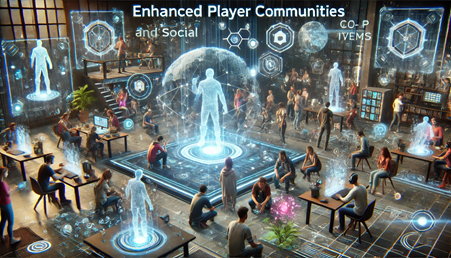
Cross-Game Socialization: Cross-game interoperability promotes social interaction and cross-community engagement. Players can transfer identities, avatars, or custom skins to represent themselves consistently across different games, fostering a stronger sense of identity and community. Players may bring their communities or guilds with them into other games, creating a more cohesive social experience across the gaming ecosystem.
Shared Experiences:Through cross-game play, players could enjoy shared experiences across different titles. For example, a player could use their avatar from a multiplayer battle royale game in a cooperative role-playing game,bringing an additional layer of socialization and shared identity to the experience. This can form the basis for new, cross-game narrative experiences and community events, further strengthening engagement.
7. Open Ecosystem and Innovation
Interoperability Standards and Open Protocols: For cross-game interoperability to be successful,industry-wide standards and protocols need to be developed to ensure assets can be easily shared between games. Platforms like Ethereum or Polygon are creating blockchain standards that allow NFTs and tokens to be standardized, ensuring compatibility across different games. The development of open-source protocols for asset interoperability will encourage a more decentralized and collaborative gaming ecosystem.
Interoperability and DeFi Integration: Cross-game assets could also be tied to DeFi (Decentralized Finance) protocols, allowing players to stake, lend, or borrow in-game items as collateral. By enabling interoperable NFTs and in-game assets to function within the DeFi ecosystem, players could further leverage their digital assets for financial gain.
8. Interconnected Virtual Worlds
The Metaverse:Cross-game interoperability is central to the development of the Metaverse, a collective virtual shared space consisting of interconnected digital universes. Within the Metaverse, players would be able to move freely between different games, bring their assets, and participate in a seamless digital experience that spans across platforms and genres. P2E games that embrace cross-game interoperability could serve as foundational elements in the Metaverse by allowing players to carry assets between diverse virtual environments.
Interoperable Virtual Real Estate: Virtual land and assets could be used across multiple games or virtual worlds, allowing for dynamic virtual economies.For instance, a piece of land purchased in one virtual game could be used for advertising or activities in another game or virtual space, adding value to digital property.
9. Increased Competition and Innovation Among Developers
Encouraging Developer Collaboration: Cross-game interoperability will push game developer to innovate by creating game mechanics and ecosystems that are compatible with one another. This fosters collaboration rather than competition between developers. By allowing assets to move freely between games, developers can create diverse worlds that appeal to a shared player base, which in turn can drive innovation and better gaming experiences.
Reducing Fragmentation: As more games integrate interoperable systems, the gaming ecosystem will become less fragmented. Players will no longer have to choose between games based on the limitations of in-game asset use, allowing for a more open and interconnected experience.
Conclusion
The potential for cross-game interoperability is immense, offering exciting new possibilities for players, developers, and the broader gaming industry. By enabling the transfer of assets and currencies across multiple games, creating a unified digital economy, and fostering collaboration between developers, P2E games can offer players more value, engagement, and opportunities. As blockchain technology continues to evolve and industry standards for interoperability are developed, the future of gaming could be defined by interconnected virtual worlds and player-owned economies that transcend individual titles, ultimately empowering players to maximize their investments in the digital space.



